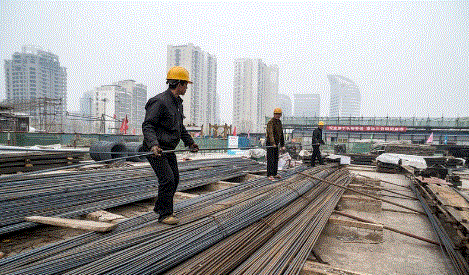Iron ore futures remained steady, after a slow start at the opening session, but only to see more upticks at the afternoon session toward the close.
Thus, the most-traded iron ore for January 2021 delivery on China’s Dalian Commodity Exchange closed flat at RMB 918.50/mt on Wednesday, after a choppy trading session.
The steel rebar contract on the Shanghai Futures Exchange, however, continued to rally further by 1.55% or RMB 61 day-on-day to RMB 3,989/mt.
Strong flat steel demand to drive up prices
Despite the static iron ore futures, many trade participants expected the strong Chinese flat steel demand to push up iron ore prices further, as end-users engaged in the pre-Chinese New Year restocking activities.
Most buyers were seeking for medium grades fines or higher grades amid high steel margins, while the interest for low grade fines like Indian fines had waned.
The high Chinese steel demand then led Swiss bank, Julius Baer to revise up its iron ore price forecast for 2021 at $125/dry my CFR China over the next three months, from previous estimate of $100/mt for next year.
The bank justified the upward revision of price forecast over possible supply disruption in Brazilian and Australian producers over rainy and cyclone season during the Q1 2021.
On the demand side, the China’s investment into manufacturing, and property sectors remained strong, though there was some softening on the infrastructure sectors.
FMG backs for more steel recovery in 2021
Australia’s Fortescue Metals Group (FMG) also predicted better iron ore demand in the coming year, due to post-pandemic recoveries in affected countries and strong steel demand from China.
According to FMG, some of its customers had their orderbooks full, till the second and third quarter of 2021, due to strong manufacturing demand from China to meet domestic consumptions for household goods.
Moreover, other Asian steel-making countries were also heading toward recovery, such as Japan, South Korea and India.
For instance, Japan’s Nippon Steel made plans to restart another of its blast furnace by end of January 2021 to meet higher domestic automotive demand, which will bring a total tally of 12 functional blast furnaces in early next year.
